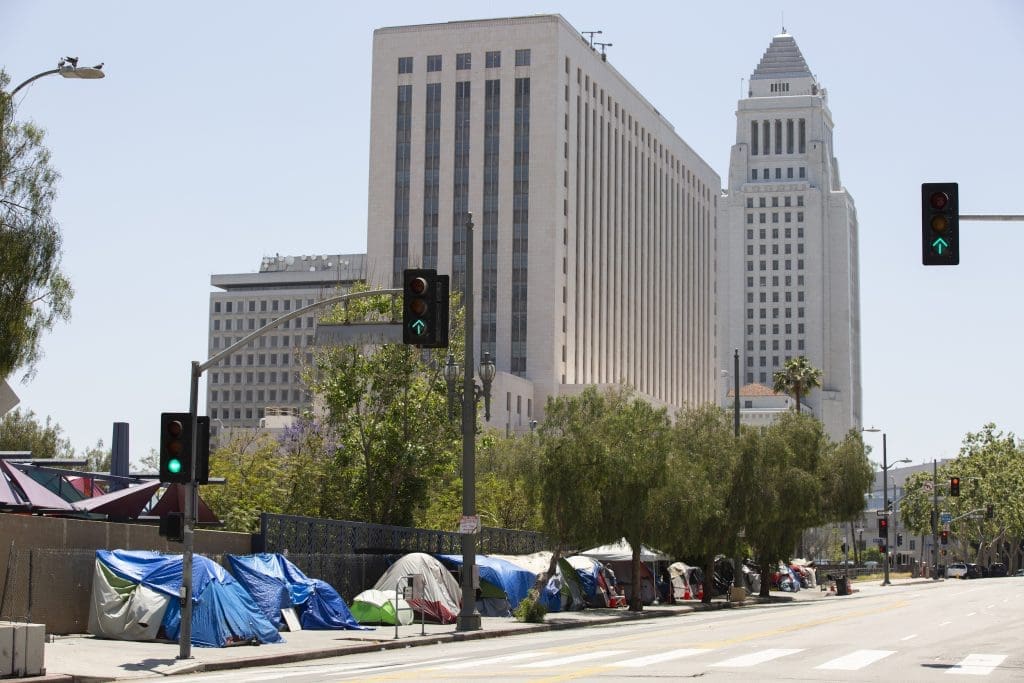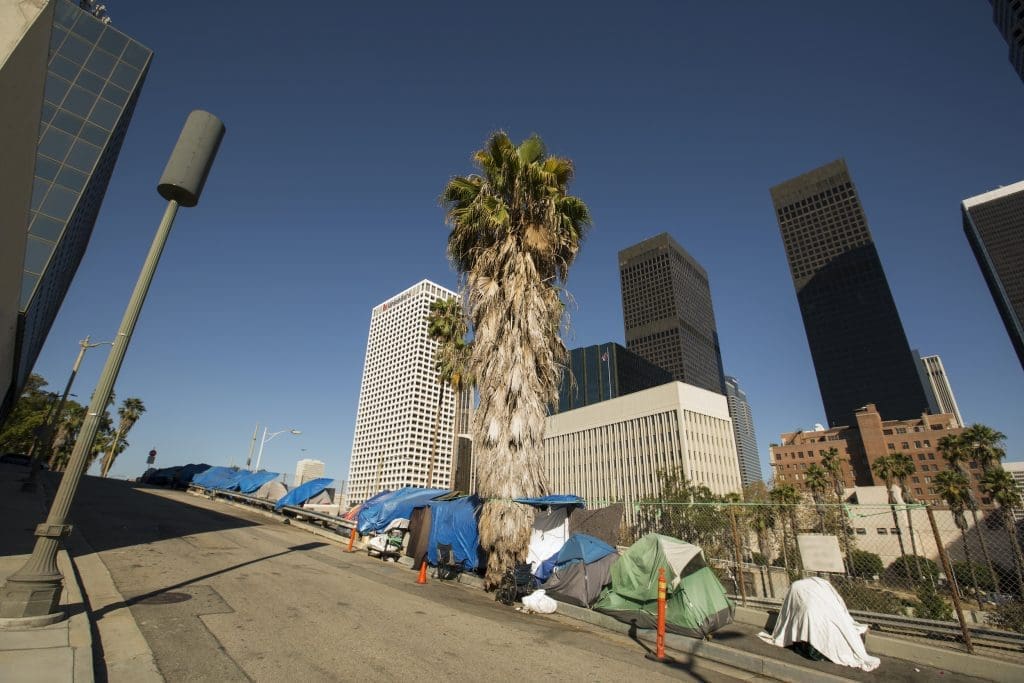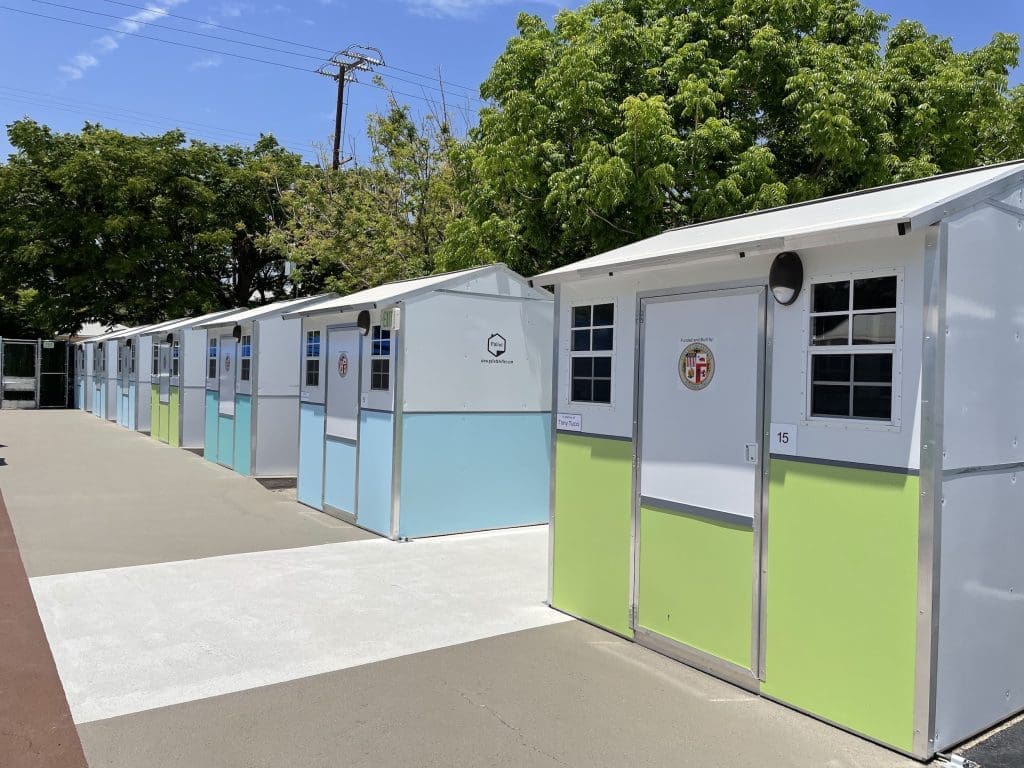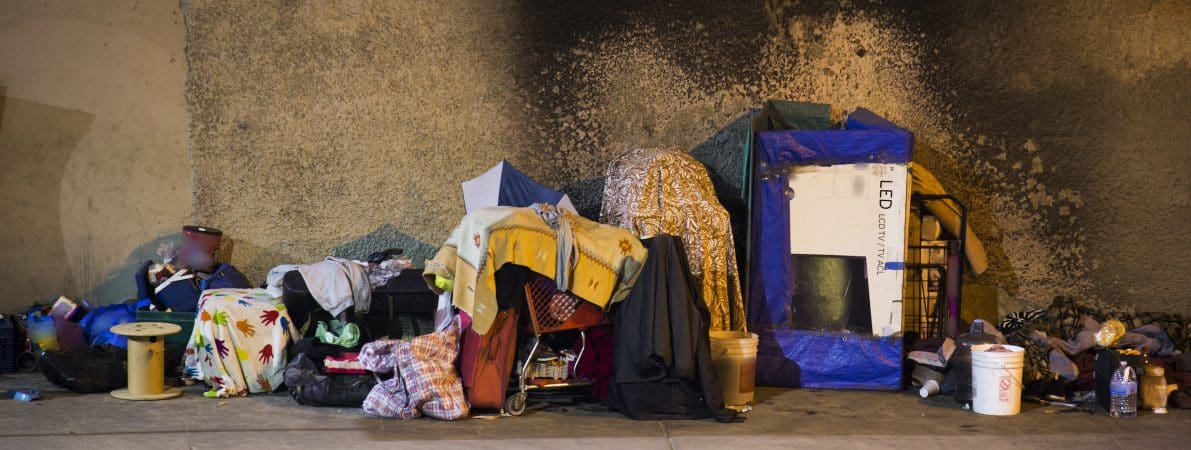Helping the Homeless
The challenges related to homelessness in Los Angeles date back to World War II. Understanding the history, combined with the current crisis reality is key to developing solutions that will help those people without a place to call home.

A growing issue to solve
Homelessness has been an ongoing dilemma for a long time, but the past several years have seen people unable to stay permanently housed reaching crisis proportions. In just the past year, the number of people who qualify as being "homeless" has risen 12.7% over the previous year (in L.A. County).
The count is in
The Los Angeles Homeless Services Authority released the results of its 2020 L.A. Homeless Count - showing 66,436 people in L.A. County without a place to call home. That is likely an undercount - as many people who are homeless are not on the street or in programs where they can be counted. They're in motels, on friend's couches, or in their cars.


Take action to help
Because the issue of homelessness is so significant - and complex, MySafe:LA is not defining a solution to the overall issue. We do have a good understanding of issues resulting in homelessness, and to that end, our instructors are building presentations to help educate the public in general, and elementary school students specifically about the issues related to not having a place to call home. Part of the solution is an understanding of these causes, which ultimately need to be addressed if homelessness is to be properly managed and mitigated.

A brief history of homelessness in L.A.
While the impact of the great depression pushed millions onto the streets nationwide, in Los Angeles, the crisis took hold during World War II, when the city’s population growth rapidly exceeded available housing. The federal government created multiple housing development programs, and enacted rent control restrictions in 1942. Unfortunately, that process led to “redlining” and restrictive zoning practices excluded more people of color from the postwar housing explosion, creating racial disparity and more people living on the street.
Adding to the complexity of the homelessness issue, in the 1950s, California began shutting down mental health care institutions, which further reduced options for people (largely people of color) dealing with mental health challenges. The combination of lack of access to services, housing, or care meant many of these people cycled back and forth between jail or the street.
Multiple actions by the city and county further complicated the homelessness issue, not the least being the 1976 50-Block “containment zone” in skid row, plus the 2006 zero-tolerance policy related to crime there. Because jails could only hold people for so long, not only did incarcerated people end up back on the street, but the entire perspective of homelessness became one of criminals and criminal intent.
It should be noted that in just two years in the 1990s, the population in L.A. increased by 65,000 people, but the net increase in housing units was only 1,940.
Today, add in the COVID-19 pandemic, the rapid rise in the cost of housing, and the lack of sensitivity related to evolving cultures, and homelessness is worse than it’s ever been.

How to fix homelessness
A lot of people in various sections of Los Angeles keep asking, “with all the money pouring in, why is this still an issue?” Add in more than 20 homeless-related fires a day, assaults, the ongoing mental health and drug issues, and the problem seems to be insurmountable. The COVID-19 pandemic has created emotional strain on everyone and when confronted with homeless images on the news and in many cases, next door, people have little tolerance for the crisis. “Just make it go away,” is a common refrain.
The fact is, homelessness can be greatly reduced, and the streets can be cleaned up, parks protected, and people in need of services supported.
This can’t happen overnight.
This can’t be accomplished with random “fixes” in individual council districts or neighborhoods.
But it can happen – sooner rather than later.
The process requires political will, community awareness, and a collective mechanism for understanding homelessness in Los Angeles, the history behind it, and how to change the culture not only of people living on the street, but within the general public as well.
Public policy and services must treat people without a permanent place to live as prospects for services, not as (universally) criminals. In addition, the people who are homeless have a right to their voices being heard as well. They have significant desires for autonomy and self-determination. Without including those factors, no program can reverse the homeless trend in L.A.
The UCLA Luskin Center for History and Policy has developed a detailed evaluation and report on homelessness. The report includes important conclusions related to making a dent in the crisis, and creating a path to more people in homes, and fewer people on the street. MySafe:LA believes this report should be read by anyone concerned about homelessness. In addition, we will continue to look urgently at how we might help create education and awareness that will help create a coordinated effort to make homelessness part of the overall resilience initiative in L.A. The result: a safer and happier city.
Join our wildfire updates
Stay up-to-date with Wildfire:LA activities!

